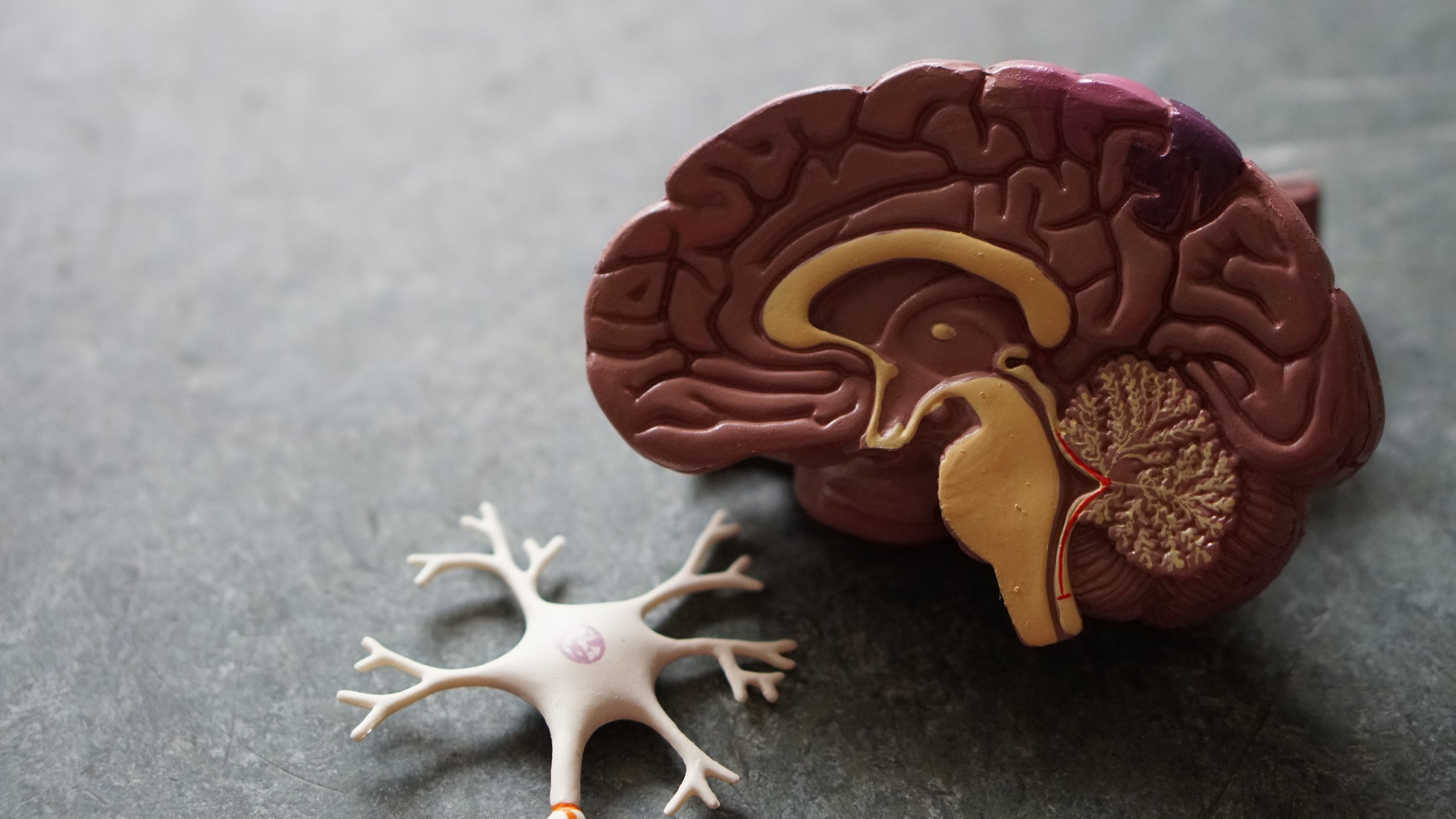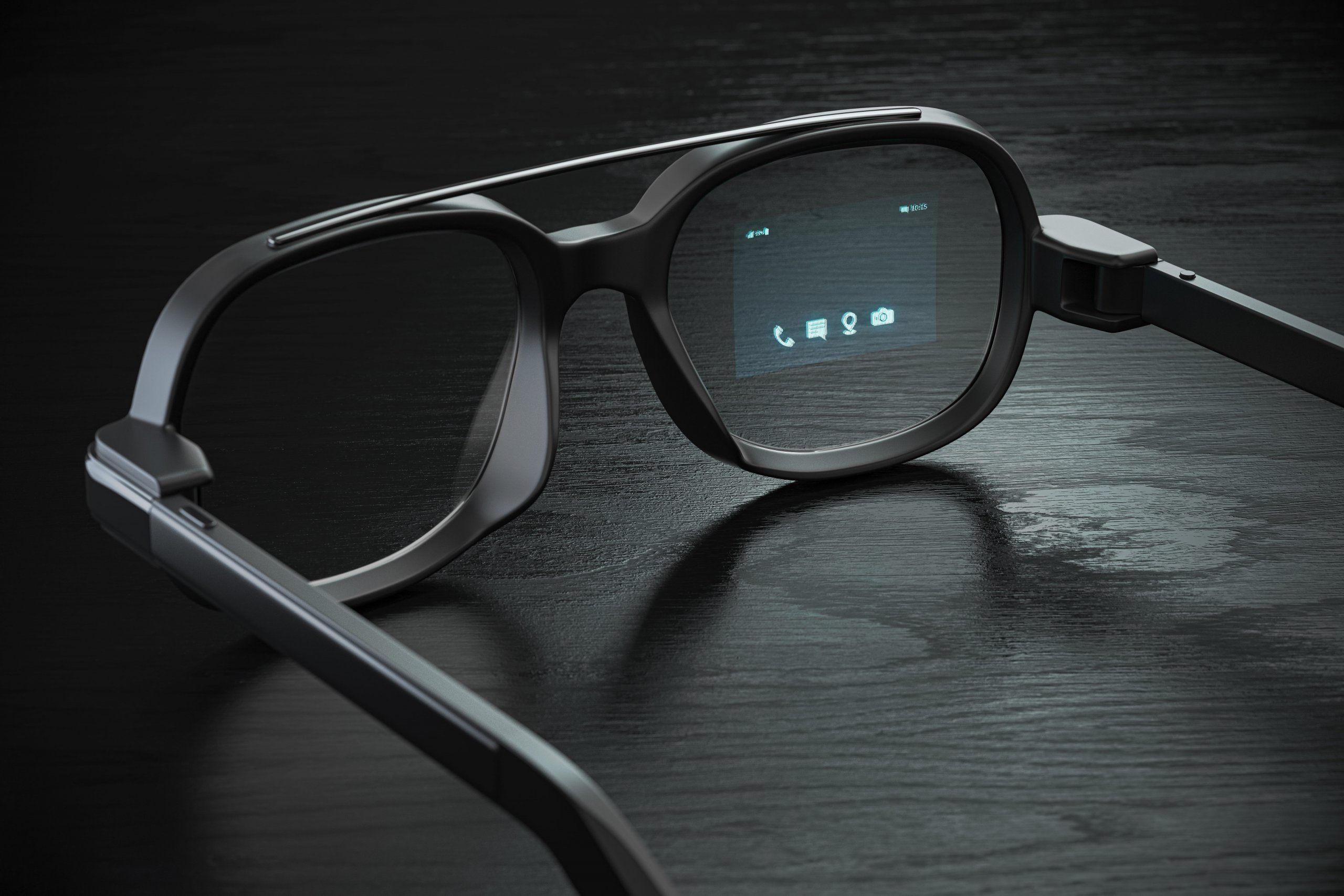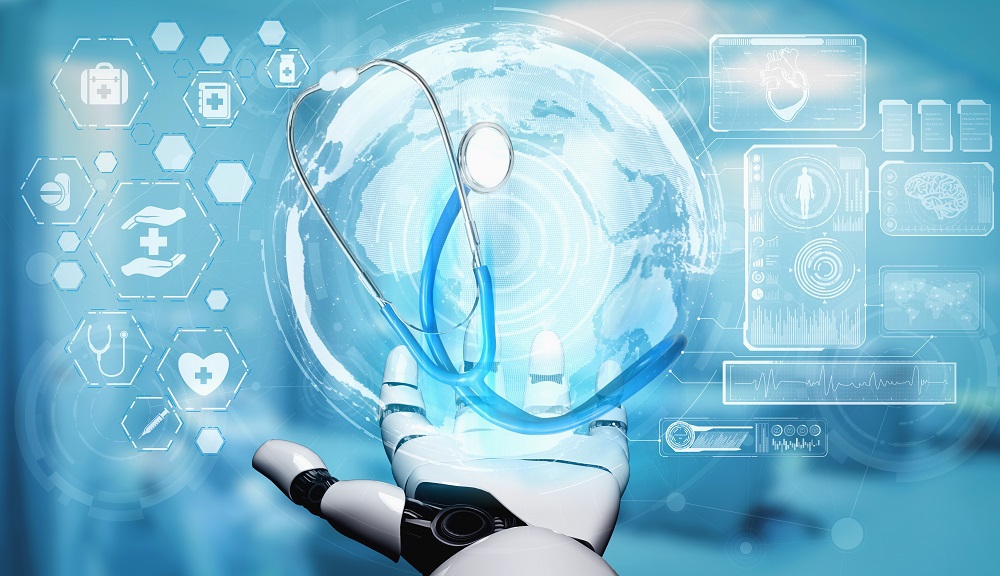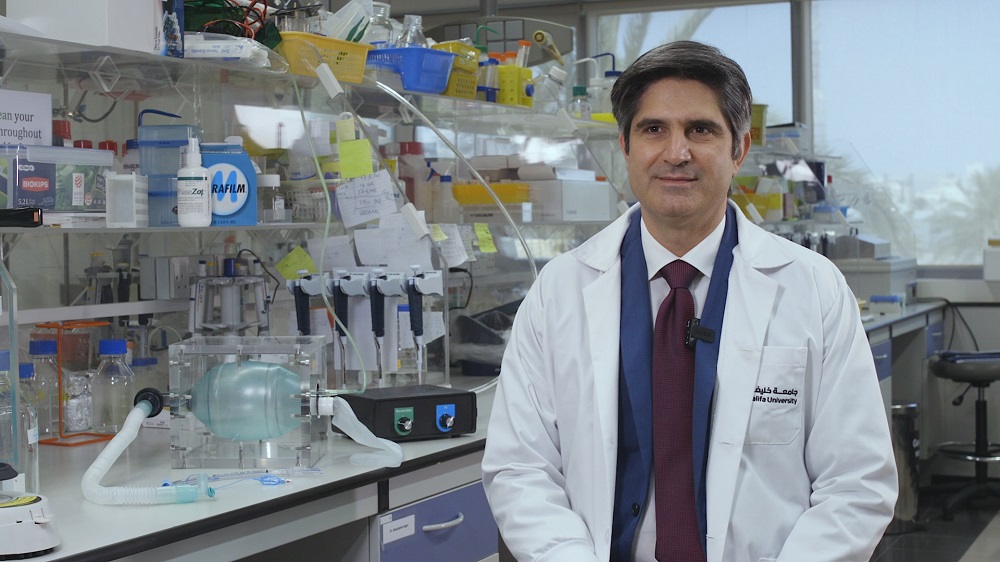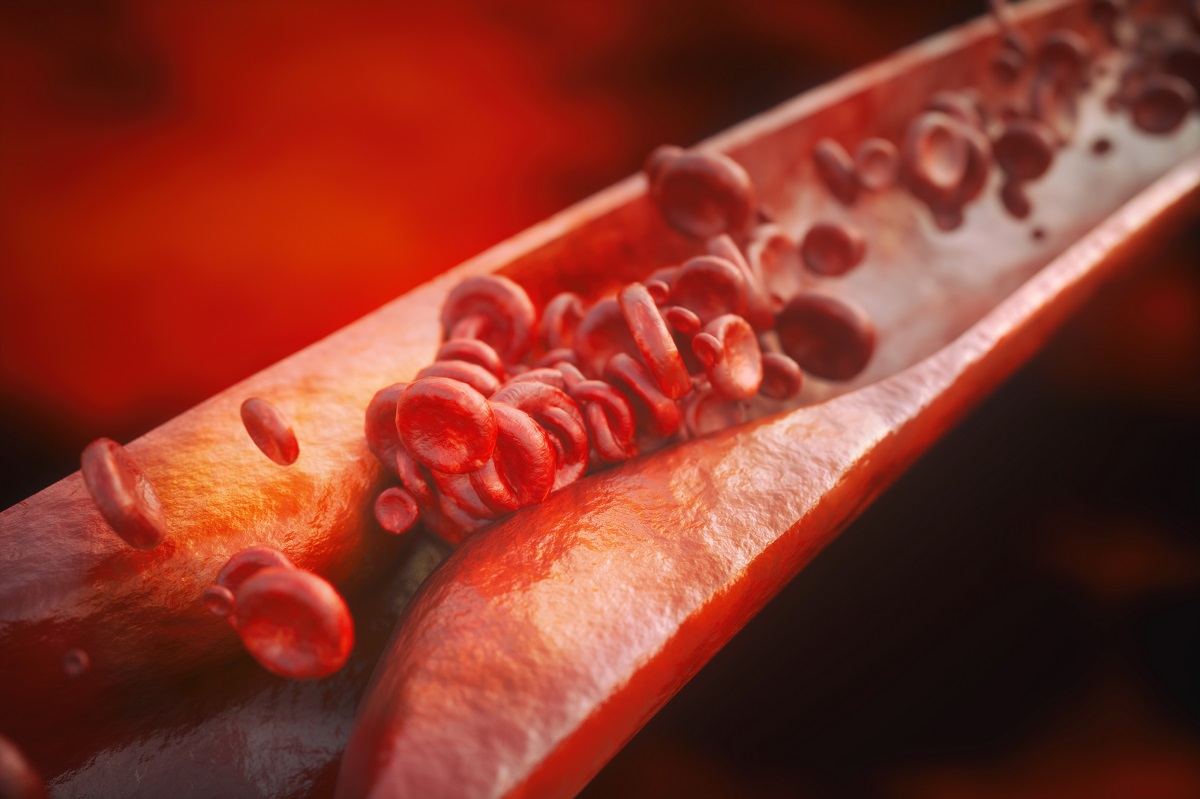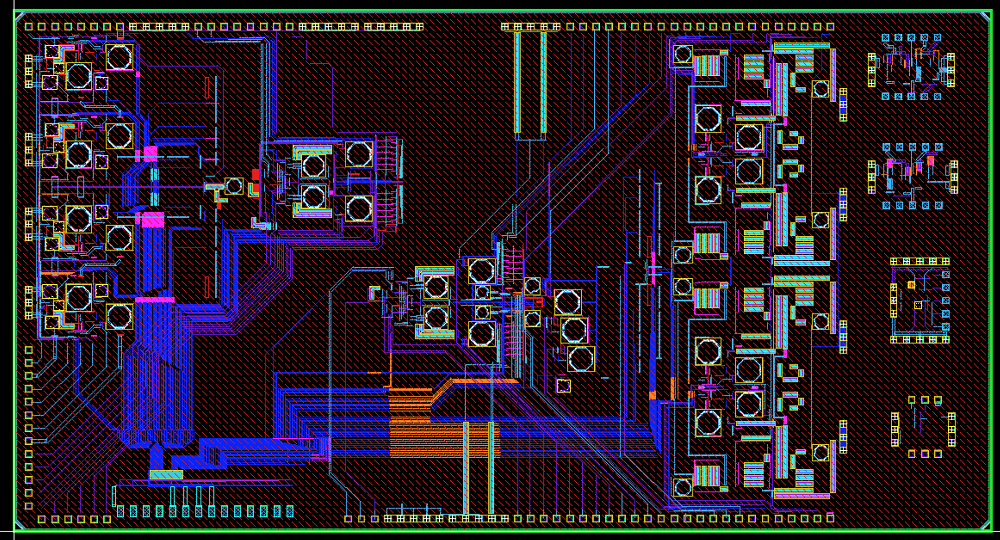
- Photo caption: This block of 160GHZ Radar (LNA, PA, Mixer) design at 22nm technology and will be used for future Radar-based vital sign detector
In these unprecedented times, healthcare innovations designed to manage and reduce the spread of infectious diseases like Covid-19 are paramount. Researchers at the Khalifa University System-on-Chip Lab (SoCL) recently published a paper on using radar to detect human vital signs without contact. While their initial motivation was focused on removing the need for wires and electrodes to manage patient health better, it has since evolved to find applications of this new technology to help limit the spread of Covid-19.
“Our proposed novel radar-based vital sign detection system has great potential in monitoring crowds or groups of passengers from a distance,” explained Dr. Baker Mohammad, Associate Professor of Electronic Engineering and SoC Lab Director. “We have demonstrated the technology using the SoC lab equipment, and we’re now working on integrating this solution for use in a general setting.”
Continuous monitoring of vital signs plays a crucial role in early detection and even prediction of conditions that may affect the wellbeing of the patient. Conventional clinical methods of detecting theses signs require the use of contact sensors, which may not be practical for long duration monitoring and less convenient for repeated measurements. Outside a clinical setting, for example on public transport or in building lobbies, it’s plausible to track body temperature in a relatively simple, low cost manner, but for heart rate monitoring, it would be impossible to attach electrodes to each subject.
“The four major vital signs are body temperature, heart rate, breath rate, and blood pressure,” explained Dr. Mohammad. “They provide almost a complete picture of individuals’ body vital functions and help to assess their general physical health. Any abnormality to the standard cardio-pulmonary rates, heart rate, breath rate and blood pressure, may indicate a sign of physical or mental stress.”
Early symptoms for Covid-19 include shortness of breath, fever, and coughing. Detection and monitoring of breath rate and heart rate usually require complex systems involving sensors and computers that are physically connected. Dr. Mohammad and his team investigated the use of radars to measure these vital signs from a distance.
“Doppler Continuous-Wave (CW) radars have been used for cardio-respiratory signal sensing since 1975,” said Dr. Mohammad. “Since then, a lot of research activities have been undertaken to improve performance. Multi-target vital sign detection is possible using Doppler radars. However, real-world application of vital signs detection radars are not without difficulties.”

CW radars face numerous challenges during the detection of heart and respiration rates. Some of these technical challenges can be mitigated by increasing the complexity and power consumption of the radars, and with more sophisticated signal processing techniques, but some are more simple problems, but with difficult solutions. No matter how powerful the tool, it can’t stop a patient moving around.
“During the acquisition of the vital signs, the subject may move body parts like hands and legs, or even their entire body,” explained Dr. Mohammad. “These unwanted body movements are called random body movements, and the signals reflected by these are stronger than those from the vital signals, which corrupts the data. Mitigating this is therefore a major challenge.”
Another difficulty to overcome is the issue of one vital signal drowning out another.
“The ability of the radar to detect a precise and accurate heart signal is challenging,” said Dr. Mohammad. “The frequency of the human heartbeat lies close to that of the respiration, but since the heartbeat signal is much smaller in amplitude compared to the respiration signal, it can easily be corrupted by the harmonics of the latter. Therefore, adequate measures are needed to recover the heartbeat signals.”
To demonstrate the potential of Doppler radars in vital signs detection, the research team conducted a proof-of-concept experiment. They found that even though radars show promising results in detecting human cardio-respiratory rates, the issues of random body movements and separating heartrate from breath rate remain bottleneck problems that need to be solved before this system can become widespread.
 “Future work needs to focus on vital sign radars to allow their proliferation in the consumer market,” said Dr. Mohammad. “This research will include more accurate mechanisms for mitigating issues like random body movements and reducing the computational loads for vital signs acquisitions. However, Doppler radars show promising results and have great potential.”
“Future work needs to focus on vital sign radars to allow their proliferation in the consumer market,” said Dr. Mohammad. “This research will include more accurate mechanisms for mitigating issues like random body movements and reducing the computational loads for vital signs acquisitions. However, Doppler radars show promising results and have great potential.”
In situations where slowing the spread of disease like Covid-19 is crucial, being able to quickly and easily monitor vital signs could allow life to continue more normally. If everyone in an area could be assessed for healthy vital signs, anyone showing symptoms could be much more easily identified and isolated from the healthy population. The early symptoms of Covid-19 are similar to those of the seasonal flu, so technologies such as radar techniques could be helpful far beyond the current situation.
“To further improve the contactless vital signs detection accuracy, the SoCL team is currently working on implementing the radar at millimetre-wave frequencies,” added Dr. Mohammad. “One project focuses on designing a frequency-modulated continuous-wave (FMCW) radar at 160 GHz with 10 GHz bandwidth. Moving to higher frequencies enables higher heart rate detection accuracy since the Doppler resolution is proportional to the carrier frequency. Furthermore, the FMCW radar has the capability to detect the vital signs of multiple subjects located at different ranges with a resolution of about 1.5 cm.
“This feature could help monitor, for example, the vital signs of students in a classroom or passengers in airplane. Moreover, the FMCW radar system will be compact with small size and low power consumption thanks to the use of the 22 nm SOI CMOS technology from GlobalFoundries. The maximum power emitted is 10 dBm, which falls far below the average power emitted by a smart phone. Therefore, the vital signs radar is completely safe for human body tissue.”
Jade Sterling
News and Features Writer
30 March 2020


